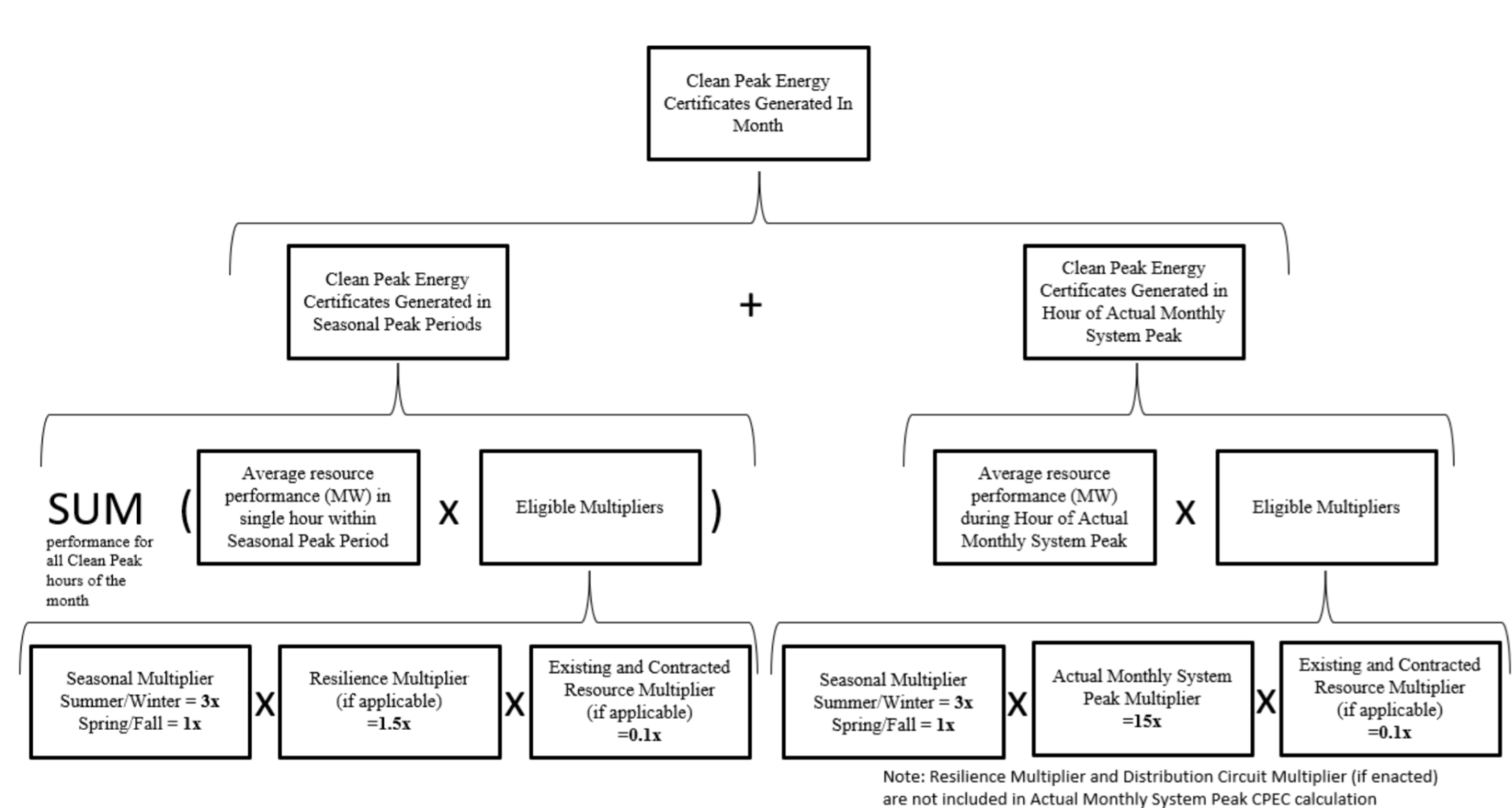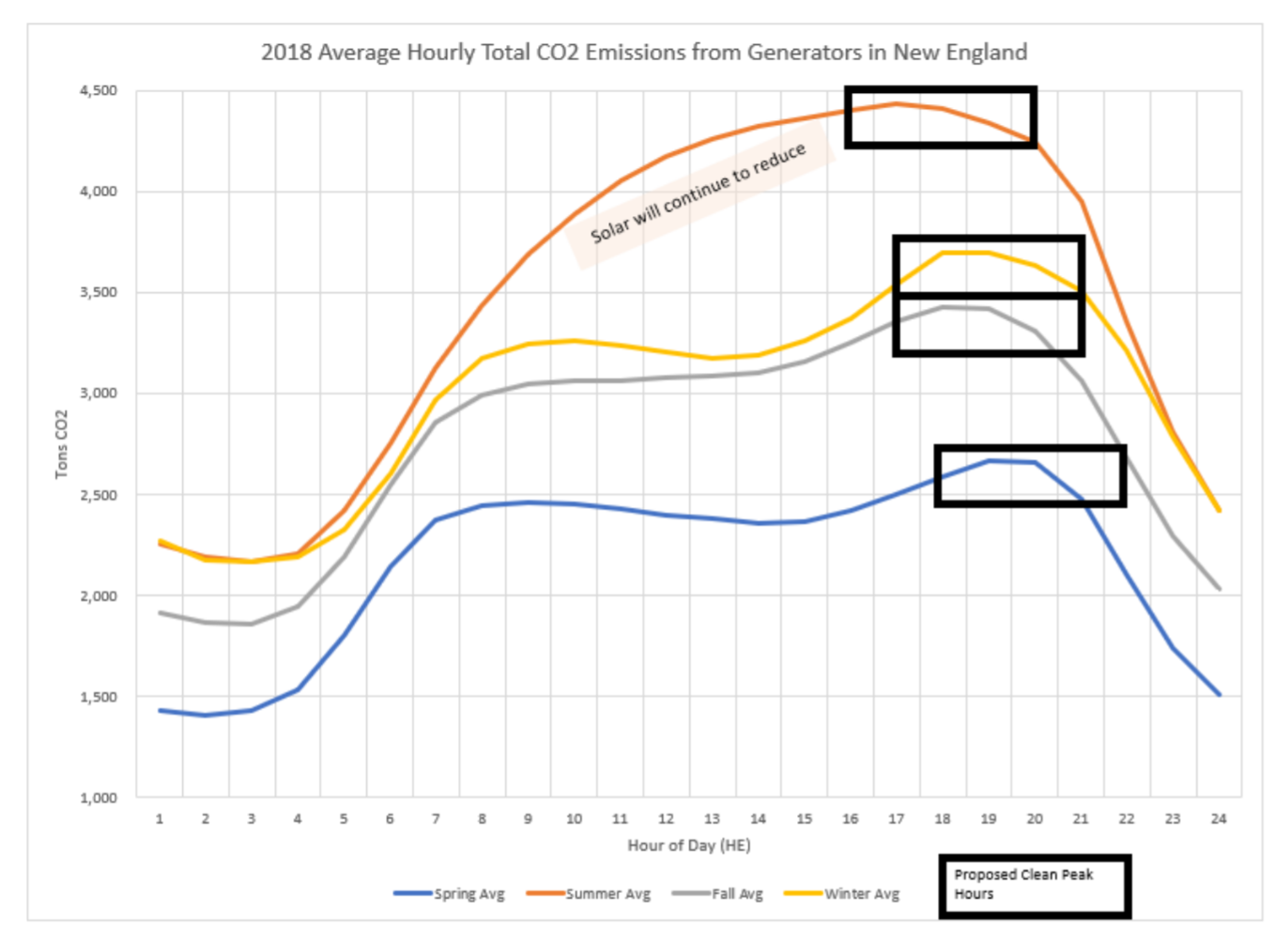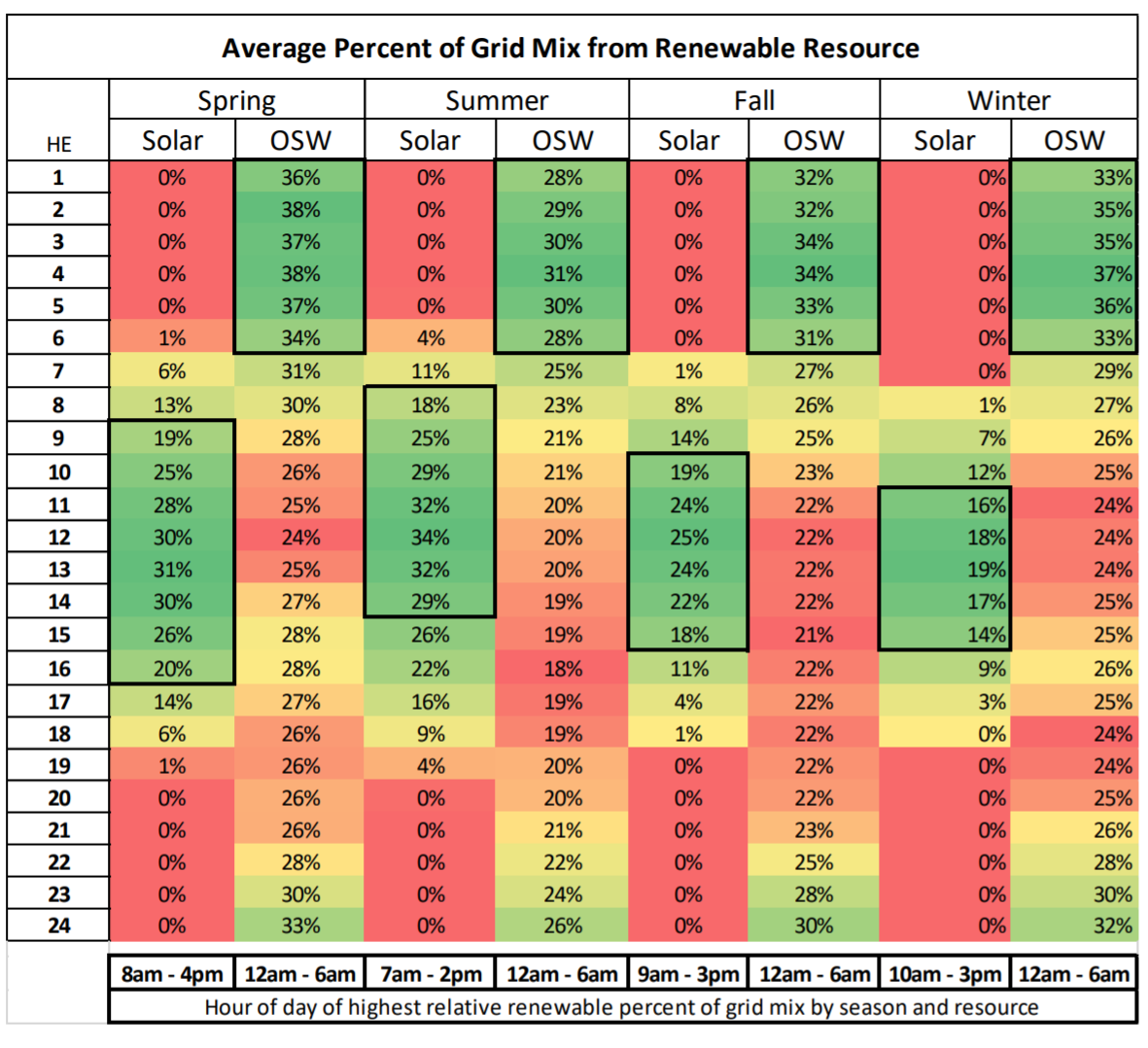Massachusetts has a plan – the Clean Peak Standard – to clean the most polluting electricity. The state is suggesting to power these late afternoon and early evening peak periods with wind and solar filled energy storage. The standard also contains the next stages of an advancing distributed, intelligent, and resilient power grid.
On Friday, March 20, the newest version of the regulation was sent to the state legislature to review and comment for 30 days. It was suggested that this document, if approved, would go into effect this summer.
Revenue details, start dates and program size are not final, but hints arising
Current legislative work is aimed at building a structure around around which a procurement model will be developed. The legislation suggests the state may push for ‘long term contracts to procure clean energy certificates via a competitive process,’ but no explicit structure is noted.
A hint of maximum pricing for this clean electricity is in the Alternative Compliance section, where it’s noted that an electric utility is allowed to “discharge its obligations…for any compliance year by making an Alternative Compliance Payment to the MassCEC.” The value for these payments start at 4.5¢/kWh, remaining there through 2024. Thereafter, the rate declines annually by 0.154¢/kWh through 2050.
The energy storage installations will be able to generate revenue via other pathways. Expect that some of these systems will either be located behind the meter at large electricity users, and via aggregations of residential portfolios of solar+storage from groups like Sunrun and Sunpower.
Multipliers of electricity value:
Multipliers of electricity value are structured to drive specific outcomes. Summer and winter pricing is 3X versus the low demand spring and fall seasons. A “resilience” multiplier of 1.5 is also referenced, but noted that it will require separate legislation and definition.
A distribution level multiplier, based on “the locational value of the unique load profile and particular needs of each distribution circuit” is also considered. No multiplier values are suggested, but a timeline to implement this program before 2023 is in the legislation.
This distribution multiplier harkens to a 2017 report the state published, State of Charge, which stated that 1,776 MW of energy storage strategically deployed would offer significant gain to the power grid on multiple levels. Coupled with the greater than 100,000 individual solar power systems in the state, that’s starting to look like a highly distributed and reactive power grid.
Broader program structure:
The state’s for-profit electric utilities – National Grid and Eversource – will be required to purchase Clean Peak Energy Certificates (CPEC). A CPEC represents 1 MWh of wind or solar electricity injected into the marketplace within predefined periods.
The program is structured around the four Massachusetts power grid seasons. The four are close to our standard seasons, but have been adjusted to align with electricity usage patterns. Relative to 2020 dates, spring would have been 19 days early and two weeks short, summer over a whole month early and a month longer, fall a week early and two weeks short, and finally winter two weeks early and right at three months.
- Spring: 3/1 through 5/14
- Summer: 5/15 through 9/14
- Fall: 9/15 through 11/30
- Winter: 12/1 through 2/28-29
Interesting that from an electricity usage perspective, we see a much longer summer and an early shifted spring.
Four-hour periods within these seasons were chosen as the “clean peak periods”, first based upon their respective evening usage bumps – spring from 5 to 9 PM, summer from 3 to 7 PM, and fall and winter from 4 to 8 PM. And secondly, based on when CO2 free offshore wind and solar power don’t generate electricity – as these specific periods will eventually be cleaned due to our assumed progression toward 100% clean generation in the State of Massachusetts.
The summertime window starting at 3 PM seems to give summertime solar – plenty of which exists after 3 PM – a chance to get in on the money. However, this might only work if the groups bidding for it can guarantee that they’ll be able to produce at least some portion of their contracted value.
The program isn’t final, but there’s enough of an outline that the modeling teams at energy storage developers can put something together to form up site origination outlines. Overlaying that information with finely considered distribution level information, and the smartest developers already have sites signed up.



